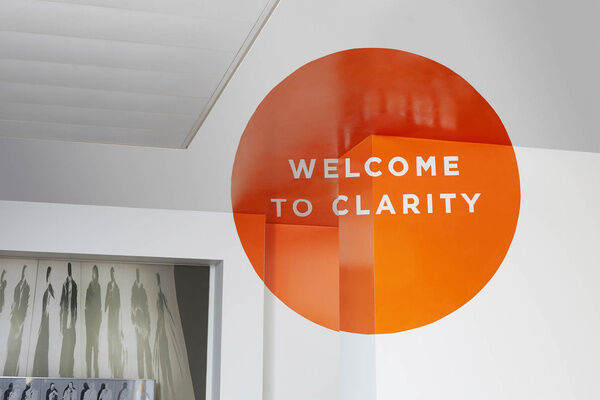4 April saw the end of the second year of gender pay gap reporting for private and third sector organisations.
At the end of the second year of gender pay gap reporting and, at the time of writing, 10,444 companies had reported (last year over 10,500 companies reported in total so there are quite a few who have missed the deadline) - for an updated figure click here.
Early reports following the deadline suggest mixed results but bear in mind that the snapshot date for the reports this year was 5 April 2018, one day after the final day for reporting the 2017 figures. While the first year's reports were dissected and commented upon at some length, that process simply hadn't happened as at the snapshot date. We may only see an improved picture across the board once the 2020 figures become available.
After last year's figures were filed there were allegations of the salaries of key workers being excluded, mathematically impossible results and some companies entering zeros in all fields. The Equality and Human Rights Commission (EHRC) who are responsible for enforcing the regulations can take action against organisations that are in breach of the regulations in the same way as those that publish no data at all. Ultimately this can lead to financial penalties but there has been criticism that the enforcement powers lack teeth and to date it is understood that no legal action has been taken by EHRC to date.
EHRC have been reported as saying the cases where they have become involved have shown that inaccurate data is due to errors rather than deliberate attempts to mislead. If that is the case then the strengthening of sanctions may not be what is needed to ensure the effectiveness of the regulations - which after all are intended to result in businesses closing the gap, not just reporting what it is annually. Perhaps this might be better achieved by a requirement to lodge action plans on how to tackle the problem with measurable targets alongside the figures. Whilst many organisations provide some commentary on what they intend to do, this is not a legal requirement at present.
On the plus side, there is no doubt, that the gender pay gap reporting regime is making a difference. In a survey commissioned by the ECHR, it was found that over 60% of women working in firms with a larger pay gap said they were likely to apply for a job with an employer with a lower pay gap, and that 56% of women said that working in an organisation with a gender pay gap would reduce how motivated they felt in their role. If employers want to attract and retain as wide a range of potential talent as possible then pay gaps need to be addressed.
The content of this webpage is for information only and is not intended to be construed as legal advice and should not be treated as a substitute for specific advice. Morton Fraser LLP accepts no responsibility for the content of any third party website to which this webpage refers. Morton Fraser LLP is authorised and regulated by the Financial Conduct Authority.










